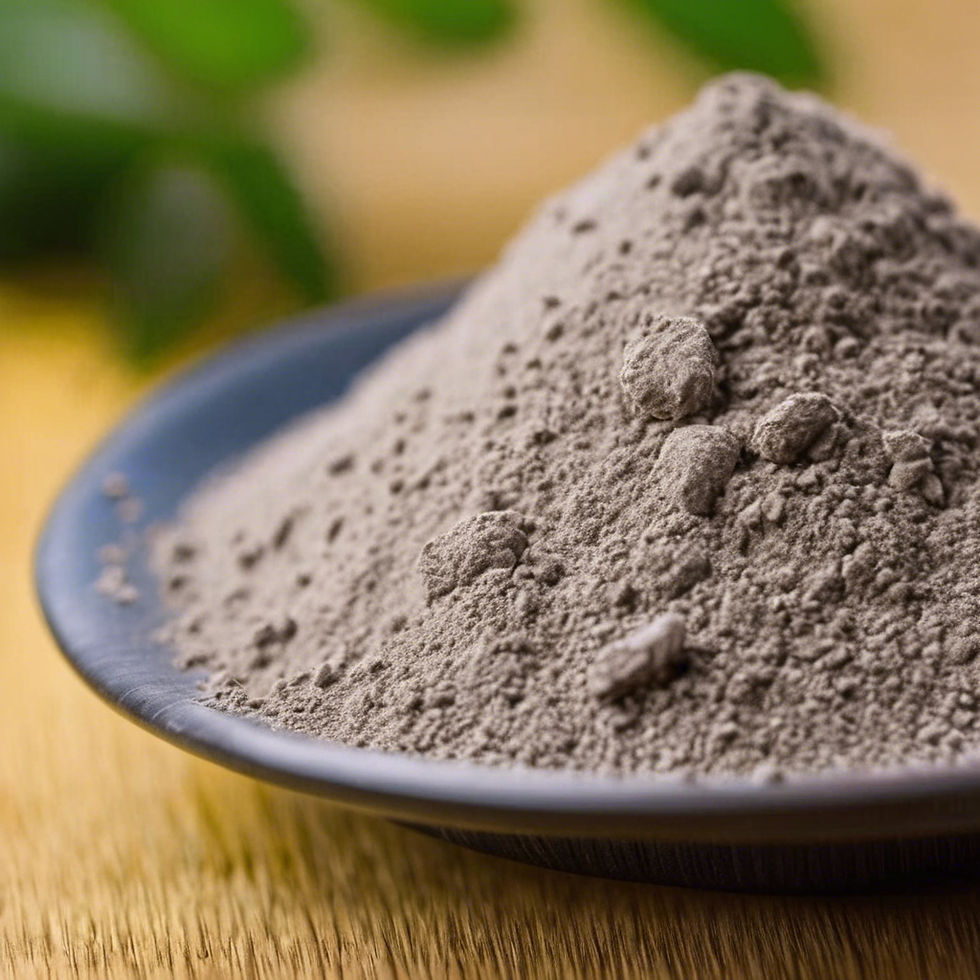"Why Fly Ash is the Eco-Friendly Secret Weapon of Sustainable Construction"
- Thangamani
- Jul 9, 2024
- 3 min read
In sustainable construction practices, fly ash stands out as a flexible and eco-friendly material. Derived from coal combustion, fly ash is a fine powder that reduces waste and enhances the strength and durability of concrete constructions. Let's explore how fly ash plays a crucial role in creating exceptionally high-performance, dimensionally stable, and durable products suitable for a range of outdoor uses.

WHAT IS FLY ASH?
Fly ash is a valuable industrial byproduct that plays a significant role in sustainable construction practices. It is produced in coal-fired power plants, where it is captured through advanced technologies like electrostatic precipitators or bag filters to prevent its release into the atmosphere. The resulting material consists of tiny, spherical particles with a size range of 0.5 to 100 microns, giving it a unique glass-like appearance. Its chemical composition is rich in silicon dioxide, aluminum oxide, and calcium oxide, which are essential components that contribute to its effectiveness as a supplementary cementitious material (SCM). Due to its composition and physical properties, fly ash is widely used in the construction industry to enhance the performance of concrete and cement-based products. When mixed with cement, it improves workability, reduces the heat of hydration, and enhances the long-term strength and durability of the final structure. Additionally, the use of fly ash in concrete helps reduce the carbon footprint of construction projects by utilizing a recycled material that would otherwise be considered waste. Furthermore, the incorporation of fly ash in construction materials contributes to the conservation of natural resources by reducing the demand for traditional raw materials. This not only helps in waste management but also promotes a more sustainable approach to building practices. As a result, fly ash has become an integral part of green building initiatives and is recognized for its role in promoting environmental stewardship within the construction industry.

BENEFITS OF FLY ASH
Waste Utilization: By using fly ash in various applications, we reduce the amount of waste sent to landfills and promote the sustainable use of resources.
Improved Concrete Properties: Concrete containing fly ash typically exhibits improved workability, reduced permeability, and increased resistance to chemical attack and alkali-silica reaction.
Cost Savings: Using fly ash in construction materials can lead to cost savings due to reduced cement usage, improved construction efficiency, and lower maintenance costs over the lifespan of structures.
ENVIRONMENTAL BENEFITS
Waste Reduction: One effective method to tackle the issue of waste is by incorporating fly ash into concrete production. Fly ash, a byproduct of coal combustion, is often disposed of in landfills, contributing to environmental pollution. However, by utilizing fly ash in concrete, we not only find a valuable use for this material but also significantly reduce the amount of waste destined for landfills.
Lower Carbon Footprint: Another crucial benefit of using fly ash in concrete is its positive impact on reducing carbon emissions. By replacing a portion of cement with fly ash, the overall amount of cement needed is decreased. Since cement production is a major source of CO2 emissions, this substitution helps in cutting down on greenhouse gas emissions, thereby contributing to a more sustainable construction industry.
Recognition by Green Building Council: The U.S. Green Building Council's LEED rating system acknowledges the importance of using post-industrial recycled materials like fly ash in construction projects. This recognition highlights the environmental benefits of incorporating fly ash into concrete, promoting sustainable building practices and encouraging the adoption of eco-friendly materials in the construction industry.

CONCLUSION
Fly ash is a versatile material with diverse applications across construction, manufacturing, and environmental sectors. Its utilization not only enhances material properties but also contributes to sustainable development goals by reducing waste generation and conserving natural resources. As industries continue to innovate and explore new uses for fly ash, its role in sustainable development is expected to grow, providing economic and environmental benefits for years to come.
Do you think Fly Ash is the Eco-Friendly Secret Weapon of Sustainable Construction ?
YES
NO
Comentarios